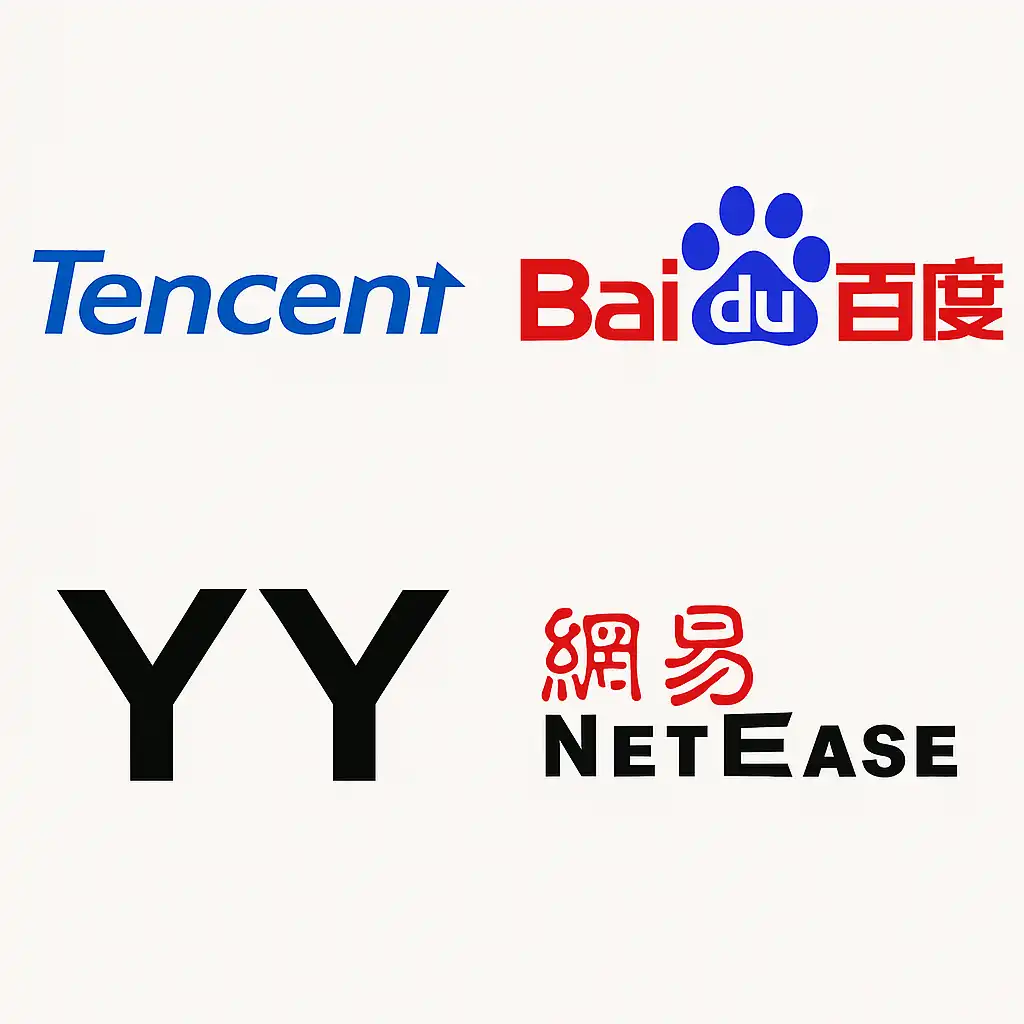Is China still a land of opportunity for EdTech companies? Or has the e-learning boom already gone bust?
Recent reports paint a conflicting picture of China’s digital education sector. Global Market Insights projects continued growth, while Ambient Insights suggests a sharp decline. So, what should international EdTech firms believe?
If you’re considering localizing your e-learning platform for the Chinese market, understanding these dynamics is essential.
E-Learning’s Global Forecast: Bright or Bleak?
As of 2025, the global e-learning market has continued to expand, but not without turbulence. Global Market Insights now estimates the sector will reach over $300 billion USD by 2026, driven by increased demand for remote learning, corporate upskilling, and AI-enhanced education tools.
Meanwhile, Ambient Insights maintains a more cautious stance, highlighting persistent challenges such as content saturation, learner fatigue, and falling retention rates—particularly in mature markets.
So, who’s right? The answer may still lie somewhere in between.

While traditional models face stagnation, new learning formats—such as mobile-first platforms, interactive simulations, AI tutors, and gamified microlearning—are thriving. The global e-learning market isn’t in decline; it’s transforming to meet the expectations of modern learners.
China’s E-Learning Landscape: A Mixed Reality
Between 2013 and 2016, China’s e-learning industry attracted major tech players and experienced rapid expansion. But by 2016, the sector hit a saturation point.
According to Ambient Insights, major causes of the slowdown included:
- Overlapping audiences
- High startup failure rates
- Decreasing VC funding
- Reduced national digitization efforts
- Commoditization of digital products
- Intense competition from Internet giants
These challenges are significant—but not insurmountable for well-prepared entrants.
How China’s Tech Giants Shaped the Market
Their dominance validates market demand—but it also raises the bar for newcomers.

Major players like Tencent, Baidu, YY, and NetEase launched robust e-learning ecosystems:
- Tencent Classroom gained over 34 million users by offering exam prep and skill training.
- 100.com (YY) gave content creators 100% revenue share and offered TOEFL & IELTS prep for free.
- NetDragon invested $52.5 million into mobile learning and acquired UK-based Promethean.
- Baidu’s Chuanke.com enabled user-generated course content, and SmartStudy later integrated with smart TVs.
Their dominance validates market demand—but it also raises the bar for newco
Opportunities Still Exist—but Strategy Is Key
Despite market saturation, China remains the second-largest e-learning market globally. New entrants must localize not just linguistically, but culturally and structurally.
Key lessons from EdSurge for international firms:
- Find the Right Local Partners – to navigate regulation and distribution.
- Define a Competitive Edge – niche expertise or innovative delivery.
- Align on Budget and Risk – internal clarity is essential.
Localization isn’t just translation—it’s a holistic adaptation.
What’s Next? The Future Is Immersive
Emerging technologies like virtual and augmented reality are poised to redefine how learners engage with content. This shift presents a fresh entry point for EdTech companies that can integrate immersive experiences into their localized offerings.
Final Takeaway: Success in China’s e-learning market doesn’t come from copying what worked elsewhere. It requires a localized, data-driven, and partner-supported strategy.
In our next post, we’ll explore how VR can transform localized EdTech in China—and how to prepare your platform for the future.
